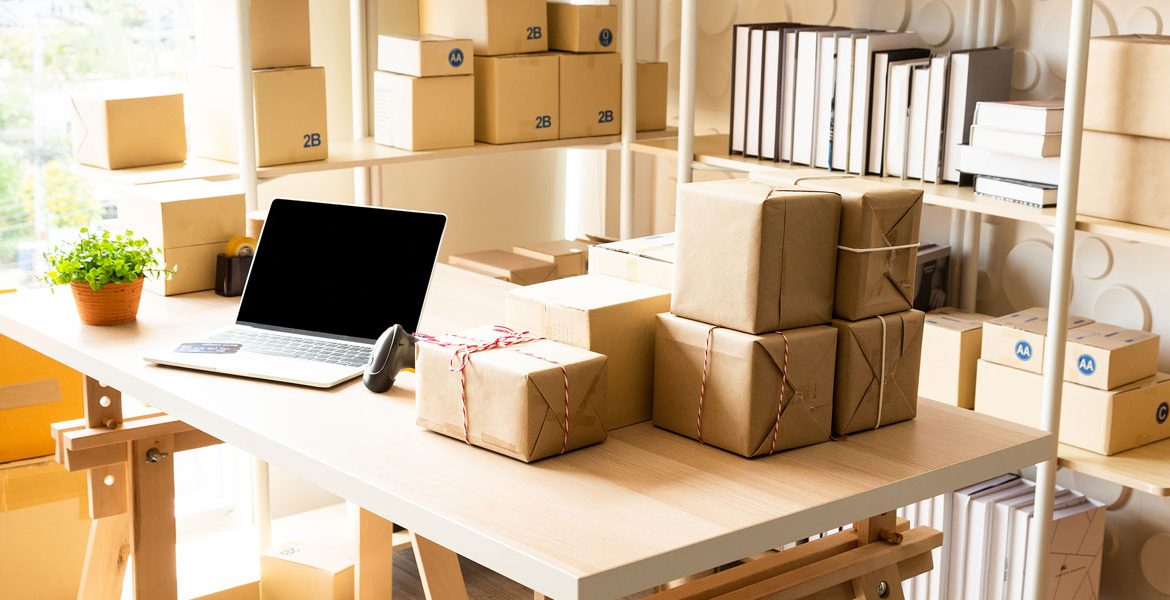How to Guarantee your Package’s Safe Transit
Get It There in One Piece
Last week we published a comparison of FedEx, UPS, and the U.S. Postal Service, based on the wear and tear experienced by a test package we rigged with a clandestine data logger. Among other things, our findings proved that expedited shipping is a technological marvel. A number of times, in fact, our package arrived at its destination earlier than expected. Also, the box really got pounded.
We would be tempted to chalk those dings and dents up to the “industrial” nature of the shipping industry, as one carrier’s spokesman described it to us—if not for the strangely mesmerizing videos popping up on the Internet that show handlers flat abusing the parcels in their care.Granted, those three companies employ approximately 1.3 million people combined—so it’s hardly a surprise that a few workers might not always adhere to company standards. Nonetheless, one never knows if the person handling your mail is poised to become a viral video star. So in advance of the gift-giving season, here’s a packaging primer to make sure your shipments arrive in one piece.
Single- or Double-Ply?
UPS credits the engineers at its Package Design and Test Lab with creating extensive “Box Strength Guidelines” to “ensure your package is of adequate strength to provide sufficient protection.” The basic rule of thumb: Add the length, width and depth of your box, in inches. If that number is 75 inches or less, it should hold no more than 30 pounds. Heavy-duty double-walled boxes can handle twice the load. (UPS’s complete chart can be found here.)
All three companies recommend using fresh boxes whenever possible. “The more times a box is used, the more it loses its original protective qualities,” according to UPS, “so a previously used box may not adequately protect your shipment.” Especially if it’s being kicked.
Cushion the Blow
Inside the box, items should be wrapped individually with a minimum 2 in. of cushioning (3 in. is even better) on all sides—and placed at least 2 in. from the walls of the box. Fill any voids with even more cushioning—and pack the padding all the way to the edges of the box. USPS recommends [http://www.usps.com/send/preparemailandpackages/preparingpackages.htm] that you, “close and shake the box to see whether you have enough cushioning. Add more newspaper, styrofoam,

